Pictures of worms can be found online fairly easy. The problem is, some online sources for pictures of worms are much better than others. Many online sources of these types of images offer only a few worm pictures of average quality while others offer hundreds of pictures of worms of excellent quality. If you are searching for a large number of pictures of worms in one place, there are several excellent websites to choose from. Just a few include: Photo Vault and Pic Search. If you have a specific worm or worms in mind, MSN Encarta is also an excellent resource.
Photo Vault
San Francisco-based Photo Vault features pictures of worms from A-Z as well as snakes, lizards, medical leeches, fish, and more. The site allows the user to enlarge images and it also offers basic information about each worm. Users cannot use the images without permission. If you are interested in using Photo Vault images, you must use the email function at the bottom of each enlarged photo to make a request, you can use the automated site called “Photovalet,” or you may contact Photo Vault directly by calling 707-775-2562.
Pic Search
Pic Search features more than 2,000 worm images. Users may search through images by entering the type of worm or search page by page. Pic Search has roughly 20 images per page. Each image offers basic information about the worm and/or a link to a website that offers more detailed information about each subject.
MSN Encarta
If you are working on a school project or you’re just curious about specific types of worms, MSN Encarta is a great place to find worm pictures as well as detailed information about any given worm. Just visit the MSN Encarta website and enter the name of the worm. Results may include an image and definition and/or a full description of the worm. Please scroll down to take a look at a typical MSN Encarta entry.
From the MSN Encarta website
Worm (animal), any soft-bodied animal, usually small and often elongated lacking well-developed limbs. The term does not refer to any particular animal group, but is applied to many unrelated invertebrates or their larvae and to a few vertebrates. The major groups are discussed here.
The familiar earthworm burrows in soil and feeds on dead materials, extracting organic matter from the soil. This moderately complex animal has a complete digestive tract and a circulatory system.
The flatworms are simpler animals that lack an intestine, an anus, and a circulatory system. Some flatworms are free-living and occur in the sea, fresh water, and moist land areas. A familiar example is the freshwater planarian, which crawls about and feeds on small animals. Others, such as the tapeworm and fluke, live inside other animals. The bodies of these parasites tend to be degenerate, or simpler in form than their free-living relatives, in all parts except the reproductive system.
The roundworms are inconspicuous but common. Many roundworms—the pinworm and the hookworm, for example—are parasites of plants and animals; some cause major health problems such as trichinosis and elephantiasis.
Many worms occur only in the sea. The acorn worm has features that suggest a relationship to the chordate lineage. The arrow worm is a peculiar creature that feeds on small animals in the open water and is often abundant. The peanut worm is a distant cousin of the earthworm, and the ribbon worm is related to flatworms. Tubeworms belong to various groups and often feed with tentacles.
Some marine worms belong to a category of organisms that scientists call extremophiles because of their ability to withstand extreme conditions once thought to be uninhabitable. The Pompeii worm, for example, lives in scalding water at the mouths of hydrothermal vents on the ocean floor. Pompeii worms keep one end of their two-inch bodies in scalding water at 80° C (176° F), while the other end extends to far cooler water, at 20° C (68° F). This represents a 60° C (108° F) one-end-to-the-other temperature gradient, a condition that no other known animal can regularly withstand. Scientists have also discovered worms more than 550 m (1800 ft) beneath the ocean surface living on and in a freezing crystalline network of methane gas and water, called methane hydrate, that has seeped from beneath the ocean floor.
Scientific classification: Earthworms belong to the phylum Annelida. Flatworms make up the phylum Platyhelminthes. Roundworms make up the phylum Nematoda.
Source
MSN Encarta
http://encarta.msn.com/encyclopedia_761560410/Worm_(animal).html
All About Worms is always free, always reader-supported. Your tips via CashApp, Venmo, or Paypal are appreciated! Receipts will come from ISIPP Publishing.




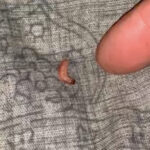

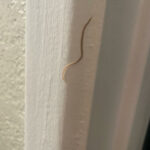
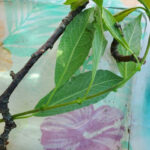
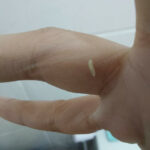
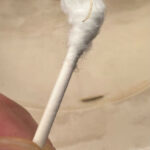
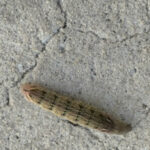
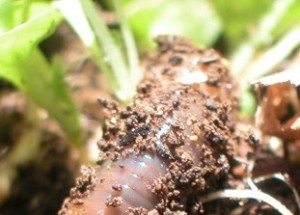




THE WORMS LOOK LIKE CATAPILERS, DARK ONES. tHEY LICE IN THE DIRT FROM YEAR TO YEAR. THEY LOOK like they have a helmet ,but they are not hard. They live in the dirt year to year. I am in Alaska and they seem to survive under the dirt, amazing. I can’t even find a photo of them, or if they are good or bad. I suspect bad !